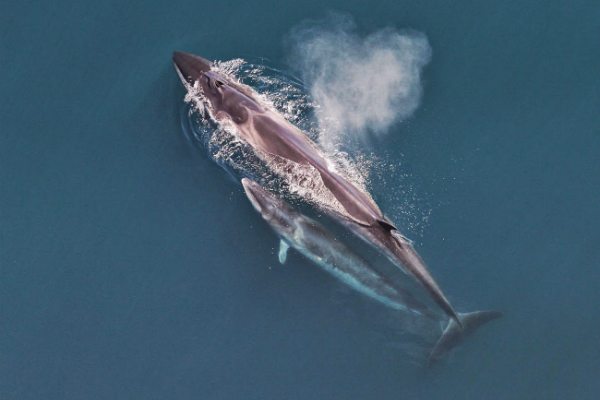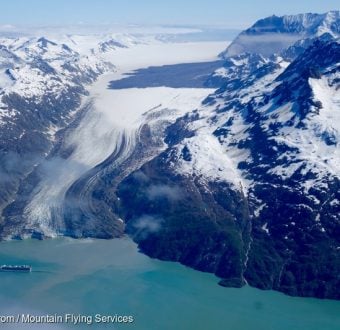Estimated Population: Unknown, endangered.
Ways to identify this species: slim and streamlined, bluish grey body with a white underside.
Sei Whale Biology
- Sei whales are migratory and feed in Arctic waters during the summer and subtropical waters during the winter, where they remain mainly offshore.
- Sei whales are the third largest baleen whales. Adult males measure up to 55 feet and weigh up to 25 tons. Females are usually a bit larger.
- Sei whales are one of the fastest swimming cetaceans and can reach speeds of 31 mph.
- An average sei whale eats about 1,984 pounds of food each day, eating mostly small fish and other organisms.
Threats to Sei Whales
- After fin and blue whale populations were exhausted, Sei whales became the target of whalers in the 1950s and 1960s and the population was severely depleted.
- Today, sei whales still face threats from hunting and entanglement in nets.

